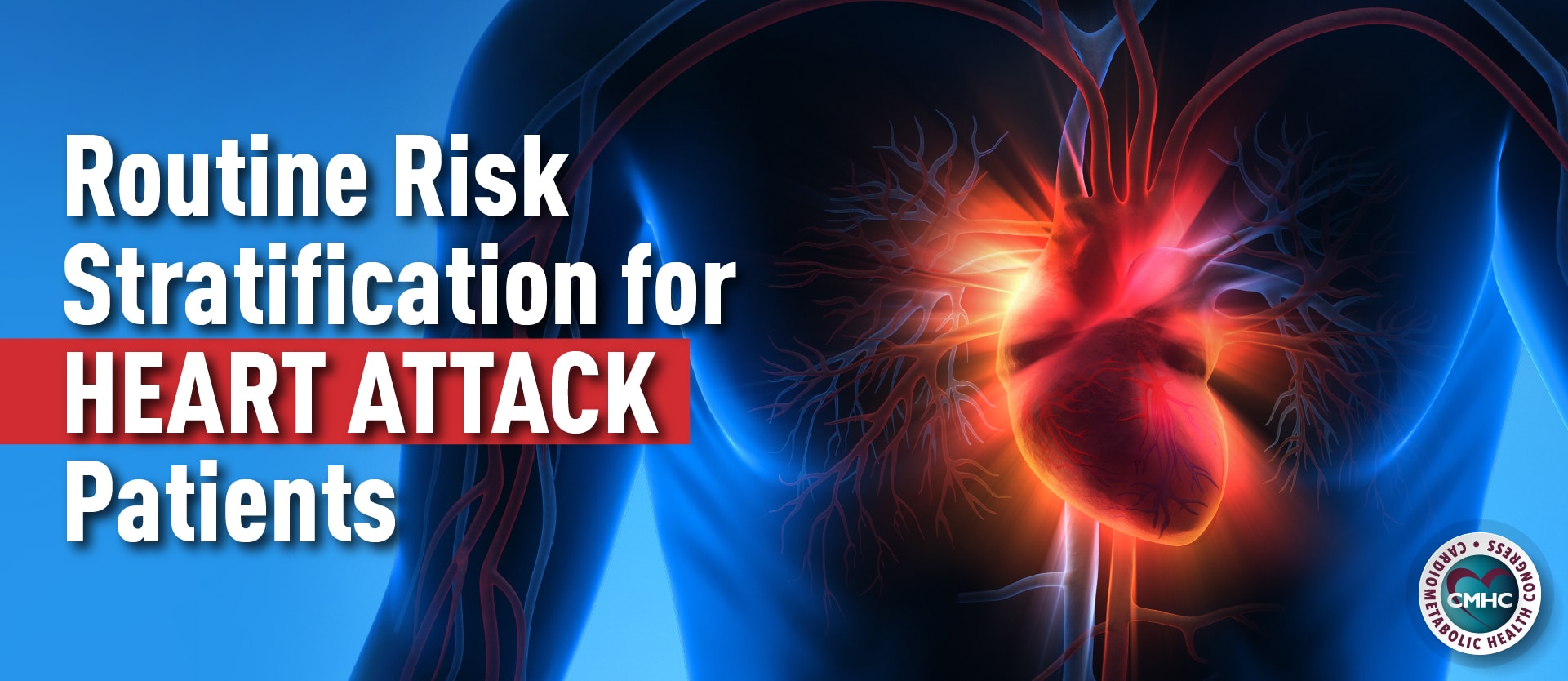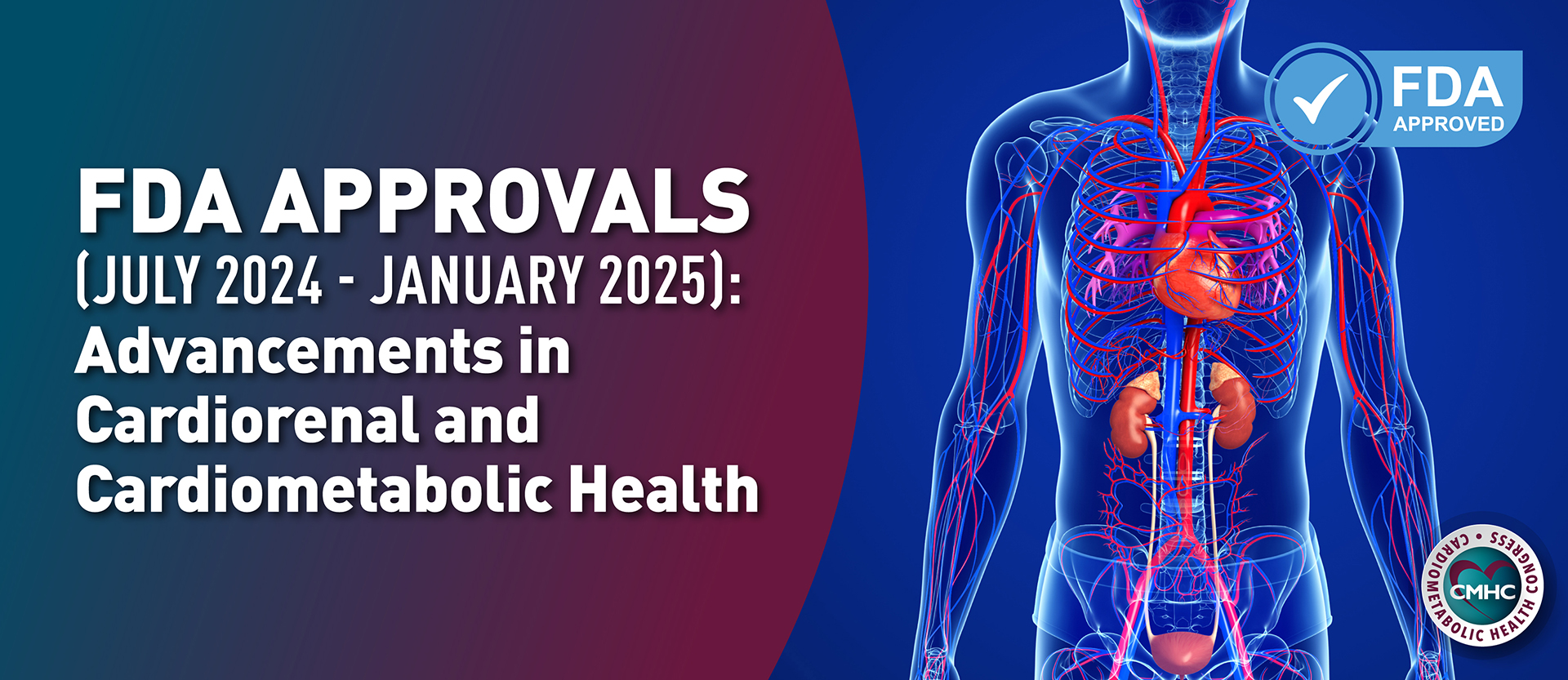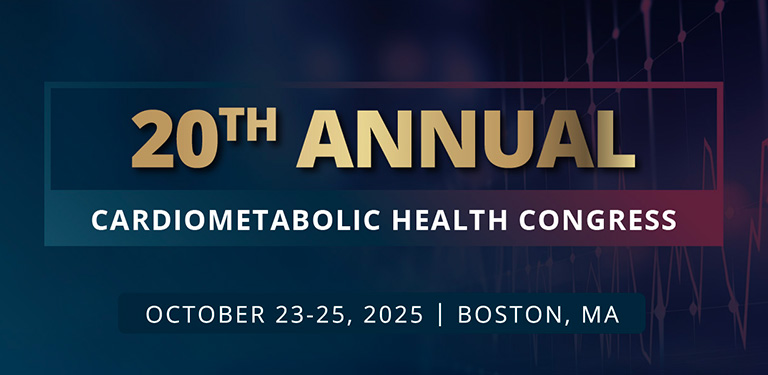Assessing the associated risks and weighing them against potential benefits of evidence-based therapies is an essential component of a clinical decision-making process that aims to optimize care and outcomes for patients with acute coronary syndromes (ACS). Per the European Society of Cardiology guidelines, the GRACE risk score (GRS) is recommended to guide treatment of acute coronary syndrome as it has proven superior to other risk models. This risk core is a guideline advocated, well-validated risk stratification tool although, its utility in improving care and patient outcomes remains unknown as its application has been limited in routine practice.
Despite the proliferation of risk scores guiding clinical treatment in cardiometabolic care, a recent study is the first to prospectively evaluate the impact of risk scoring on the use of guideline-recommended care and clinical outcomes in patients with ACS. The recent findings were published in JAMA Cardiology and suggest that patients with acute coronary syndrome may not receive better care when high-performing hospitals implement routine GRACE risk assessment to guide clinical treatment.
Assessing Efficacy of Routine Interventions
Led by Derek Chew, MBBS, MPH, PhD of Flinders University in Adelaide, Australia and his team a study aimed to assess the effectiveness of using the GRS risk stratification tool and treatment recommendations during patient assessment on improving application of guideline-recommended therapies in ACS care. The cluster-randomized trial included data from 24 hospitals without preexisting risk stratification decision support systems for patients with ACS.
The intervention consisted of hospitals adopting routine GRACE risk stratification using a worksheet for each patient with decision support recommendations.
The data were gathered from hospitals with continual onsite emergency and cardiology services; all had cardiology services, cardiac catheterization laboratories, echocardiographic capability, and cardiology training programs. Each hospital contributed a median of 89 participants and the study recruited approximately 3,000 participants.
Lack of Significant Improvement
The latest findings revealed that hospitals employing GRS risk stratification did not correspond with significantly increased components of guideline-recommended clinical care. Hospitals in the intervention group achieved three aspects of guideline recommendations for nearly 59.9% of ACS patients, versus a rate of 55.2% in usual care hospitals.
Only one out of the three individual components of performance measures proved the GRACE risk score intervention could have an advantage over traditional care – early invasive treatment. The researchers reported that results did not differ significantly between groups for other components: prescription of four of five guideline-recommended pharmacotherapies and cardiac rehabilitation.
Clinical Implications
The results indicate that centers randomized to the intervention arm had no significant reduction in composite of all-cause death or myocardial infarction. “There were no specific hospital-level or patient-level characteristics that substantially influenced the effect of routine objective risk stratification on the provision of overall care, although there was a modest and unexplained interaction between the use of the GRS [Grace risk score] and poorer adherence to guideline-recommended care and female sex,” the investigators noted.
The AGRIS trial had limited power to detect a difference between hospitals as it experienced low event rates as well as premature study discontinuation. Dr. Chew and his team acknowledged that they could not be certain that physicians at control institutions did not access GRACE risk score calculators independently, however, they also suggest checklists and other accessible reminder tools that may prove valuable in controlling risk scores.
Despite the lackluster findings, experts argue that risk stratification may still play an important role in ACS survival. All-cause mortality trended lower as a result of the intervention in the overall cohort and was significantly reduced in patients within the high-risk subgroup.
“The GRS’s greatest utility may reside in crystallizing the risk-benefit decisions for the near-term outcomes associated with early angiography. This is perhaps unsurprising because the decision for invasive vs conservative treatment among lower-risk patients is subject to the greatest variation in physician’s risk-benefit perception and practice,” Chew’s group concluded. Nonetheless, further testing is needed to determine the implications of routine risk stratification on care and patient outcomes.








